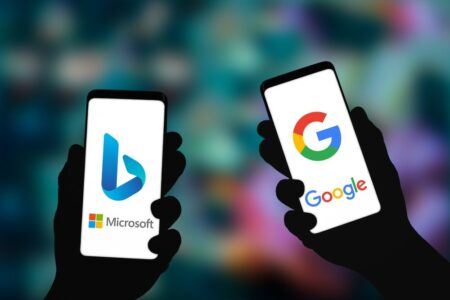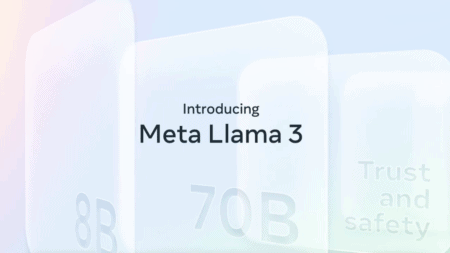Apple, Microsoft and Google are testing a new standard that allows patients to access health data. The standard, called CARIN Blue Button API, was developed by partners in the private sector, and is also tested by American BlueCross/BlueShield providers and the state of Washington.
CARIN Blue Button API was developed by consumer organizations, insurance companies and health app developers, among others, writes TechCrunch. For the time being, it only concerns a concept implementation and a data model, which are now being tested.
CARIN Blue Button API will lead to the launch of Blue Button 2.0, which is a new standard to give Medicare beneficiaries in the US access to all their historical claim information from one place. The White House, which announced the test during the Blue Button Developers Conference in Washington D.C., states that users are free to choose which application to use.
All organisations participating in the testing process perform real-world testing of the CARIN model. The intention is that by 2020 there will be a broad product launch of the data standard…
Apple, Google, Microsoft
Apple, Google and Microsoft are all active in the field of health. The fact that they are participating in the test is therefore positive, because it also means that there is more choice for users about how and from where they can access patient data. This means that this is not decided per platform.
Apple has already taken a first step in this direction by building a Health Records division into its own Health app at the beginning of 2018. This app uses the standards that some healthcare providers also use.
However, the Apple app is not universal. Although Apple has established partnerships with various organisations, it does not have access to all patient data. This also applies to Microsoft’s health data service: HealthVault. It is possible that the new data standard will change this after its launch.
This news article was automatically translated from Dutch to give Techzine.eu a head start. All news articles after September 1, 2019 are written in native English and NOT translated. All our background stories are written in native English as well. For more information read our launch article.


















